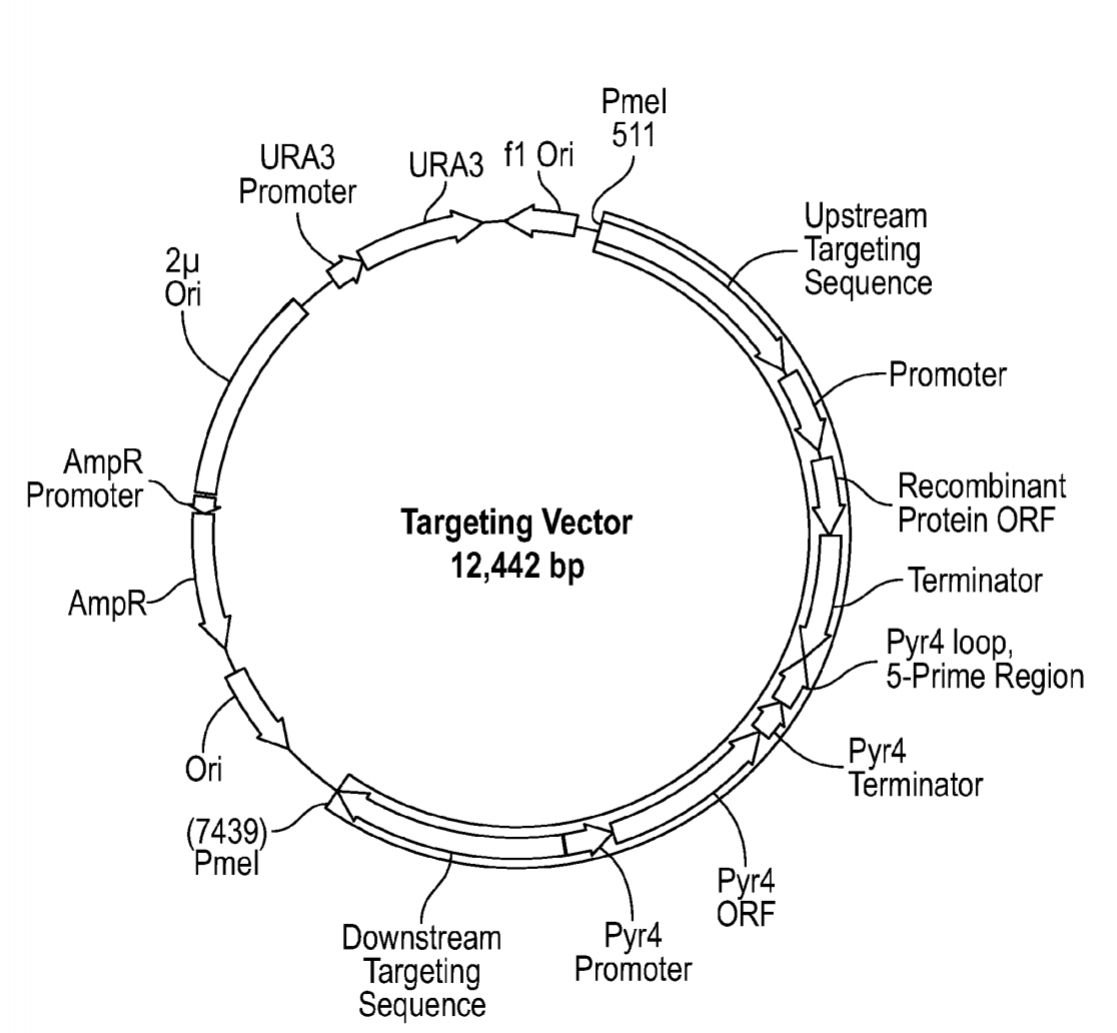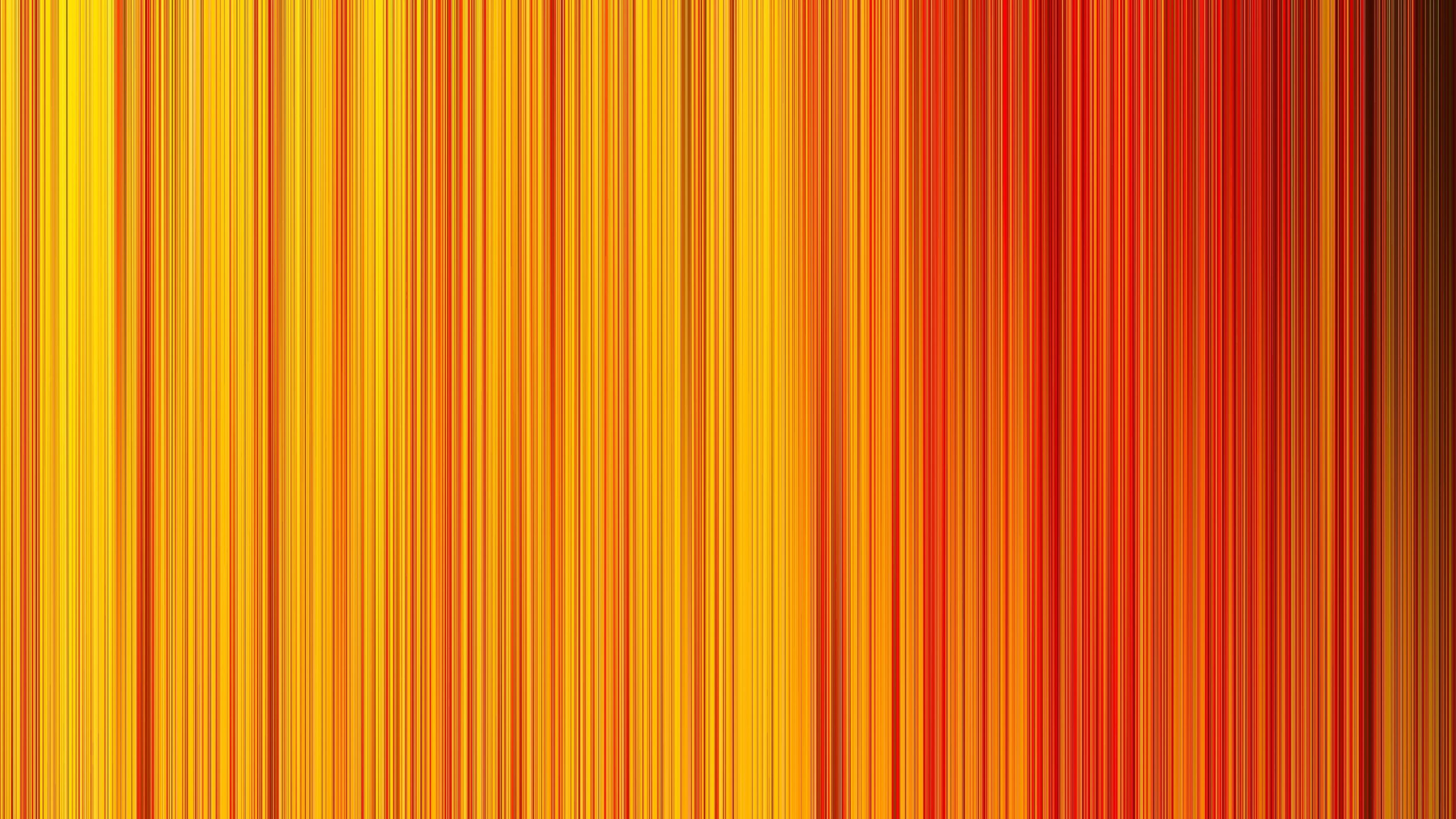21/07/2021
Reddie & Grose LLP recently participated in London Climate Action Week, delivering a presentation entitled “Innovations for a Sustainable Lifestyle”. Rather than focussing on large-scale global or societal technological fixes, we very much wanted to highlight the changes that individuals could make in their own lives to be better ancestors to future generations. The presentation focussed on innovation in four areas of our everyday lives – food, fashion, home and plastics – and discussed ways in which innovation can help us reduce our carbon footprint and impact on the planet.
Food
As explained by Zack Mummery, a senior associate in our London office, food production currently accounts for 26% of anthropogenic GHG emissions[1]. Production of beef and lamb is well known to be a large contributor of GHGs, though we were surprised to find dark chocolate also made a large contribution. We suspect many might find dark chocolate harder to reduce than meat consumption! Fortunately, a revolution in food technology is underway with many innovators and entrepreneurs bringing products to the market that are more sustainable, and that taste increasingly like the products they replace. The well-known brand Oatly for example has patented its technique for producing oat milk in European patent EP2953482B, while Perfect Day Inc, has developed a recombinant milk protein (WO2020081789A) that is made without animals and can be used to make a host of dairy products including milk, cheese and ice cream. Impossible Foods has developed ground meat and beef burger alternatives using soy and a recombinant Heme protein made using yeast cells. Heme naturally occurs in meat and imparts a meaty flavour. Impossible Foods have set about protecting a variety of their technologies and have successfully patented a “meat replica composition” in EP3125699B, securing claims that relate to a 5% to 88% “meat dough” comprising an isolated plant protein, and a 0.01% to 4% heme containing protein.

Sustainable Fashion
As discussed by Gillian Taylor, a partner in our London office, the fashion industry has a huge environmental impact. The statistics are surprising : the fashion industry currently produces a tenth of the world’s carbon emissions; in Britain alone, 1.5 million tonnes of unwanted clothes are discarded every year ending up in landfill, not to mention the increasing amount of pollution to rivers and oceans resulting from microfibers run-off, and on average Britons wear clothes only seven times before throwing them away – currently only 10% or clothing is recycled.
In addition, many of the materials used by the fashion industry, both synthetic and natural, are not sustainable. Again, technical solutions are available in the form of alternative, more sustainable materials. “Pineapple Leather” patented by Ananas Anam Limited under EP2576881B, and marketed under the trade mark Pinatex is an artificial leather material comprising cellulose fibres extracted from waste pineapple leaves, which are an agricultural by-product that would otherwise be burnt or dumped. The resultant material is already widely available and is surprisingly similar to real leather in terms of appearance and texture. Bolt Threads have patent protection in the US (US11015059) for another artificial leather material based on mushroom “mycelium” and marketed under the trade mark Mylo.
Lastly, Petit Pli have relied on old-fashioned creativity to come up with their “garment pleating” technology to develop clothing for babies and children that can “grow” with the child (GB patent application GB2566250).

Home
Nick Reeve a partner in the London office discussed innovations and practices we can adopt at home to reduce our carbon footprint. Figures from the Climate Change Committee, the independent advisory body to the government, for example, show that the UK has reduced its carbon emissions by almost 50% compared with the 1990 baseline, largely due to decarbonisation of our electricity supply and reduced contributions from manufacturing, but that the UK still has a lot of work to do to reach its net zero target of 2050. Very little progress has been made so far in areas such as heating of homes and offices, and transport, which now account for nearly 20% and 25% of the UK’s GHG emissions respectively.
Solutions for decarbonising our homes exist already, and many are based on well-established technologies, such as solar panels and heat pumps. Heat pumps and underfloor heating will be crucial in the coming years to replace gas boilers, which currently emit around 2 tonnes of CO2 per household per year and which are due to be phased out from 2025. One of the first patents relating to a heat pump was issued in 1912 to the Swiss inventor Heinrich Zoelly, CH59350, and in the past century or so the technology has not changed significantly. Even without heat pumps, innovations exist that reduce gas usage, such as intelligent thermostats (for example NEST’s self-learning thermostat patented as EP2769279B relating to a “Energy Efficiency Promoting Schedule Learning Algorithms For Intelligent Thermostat”[2]), and water saving shower heads (US2006219821).
Photovoltaic technology on the other hand has seen a dramatic change over the past century or so. Initial technologies involved Selenium covered with a thin layer of gold, and had a limited efficiency of just 1% (US389124 in the name of Charles Fritt possibly covers the first solar panel patent and dates back to 1887). These were replaced by silicon single crystal PV cells patented by Bell Labs in 1941 providing efficiencies of up to 6% or so (US2402662 for example). Typically efficiencies are now in the 20% to 30% range, with multi-junction technologies giving values of nearly 50%[3]. Exciting innovations also include solar fabrics (such as EP2625703 relating to “Powerfoyle” by Exeger, who have been voted SME inventors of the year at the EPO for 2021[4]) and Building Integrated PVs.

Plastics
Alex Frank, an associate in our Munich Office, discussed innovation aiming to end the curse of plastic pollution. Plastic is a “Wunderstoff” – light, durable, and versatile, and with a pedigree stretching back to early patenting in 1909, US942699 in the name of Leo Baekeland of New York.
However, plastic’s ubiquity means that current recycling and refuse collection systems fail to capture plastic waste well enough, leading to huge problems of plastic pollution clogging up the sea, waterways, shores and landfill. In the UK alone, almost 250,000 kg of microplastics run-off from laundry and clothing each year. A product called Guppyfriend made the headlines a few years ago when this problem hit public attention. Essentially a washing bag for your washing machine, Guppyfriend was designed as a fine mesh to capture microfibers from clothing, especially fleeces which are more likely to be made with synthetic materials. The inventors of Guppyfriend have been looking into a new product in the form of a reversible fleece with its own laundry bag included.

Elsewhere technologies exist to capture waste that has already entered rivers and streams, such as air or bubble barriers like those initially discussed in US3744254 from 1973, or to replace it all together. A different approach to reduce single-use plastic altogether is pursued by Mater-Bi, which is a biodegradable plastic made from plant starches discussed in WO2009/135921. Likewise, in 2019 at the London Marathon 30,000 edible drink capsules were handed out made from seaweed (WO2018172781).
Summary
Individuals actions are part of the climate problem and therefore also part of the climate solution. Leading a sustainable lifestyle is about the choices we make, reducing consumption of carbon intensive or polluting products and practices, while looking out for more sustainable alternatives. The technologies highlighted above show that many of the innovations needed to reduce our impact on the planet exist already. As they become more established in the market, it should be easier to include them in our lifestyles so we can be better ancestors to future generations.
This article is for general information relating to sustainable innovations, and nothing in the article above should be taken as an endorsement or recommendation of a particular product or solution.
Reddie & Grose LLP has an active sustainability interest group, initially established during the pandemic to maintain social contact, but still meeting regularly to share tips and information on how to lead a more sustainable lifestyle.
Professionally, Reddie & Grose also have a cleantech group and a sustainable materials group providing professional advice and support to innovators in the renewable and solar fields, as well as in packaging and sustainability sectors.
This article is for general information only. Its content is not a statement of the law on any subject and does not constitute advice. Please contact Reddie & Grose LLP for advice before taking any action in reliance on it
[1] Poore & Nemecek DOI: 10.1126/science.aaq0216
[3] News Release: NREL Six-Junction Solar Cell Sets Two World Records for Efficiency | News | NREL
[4] Swedish solar technology innovators receive European Inventor Award 2021






